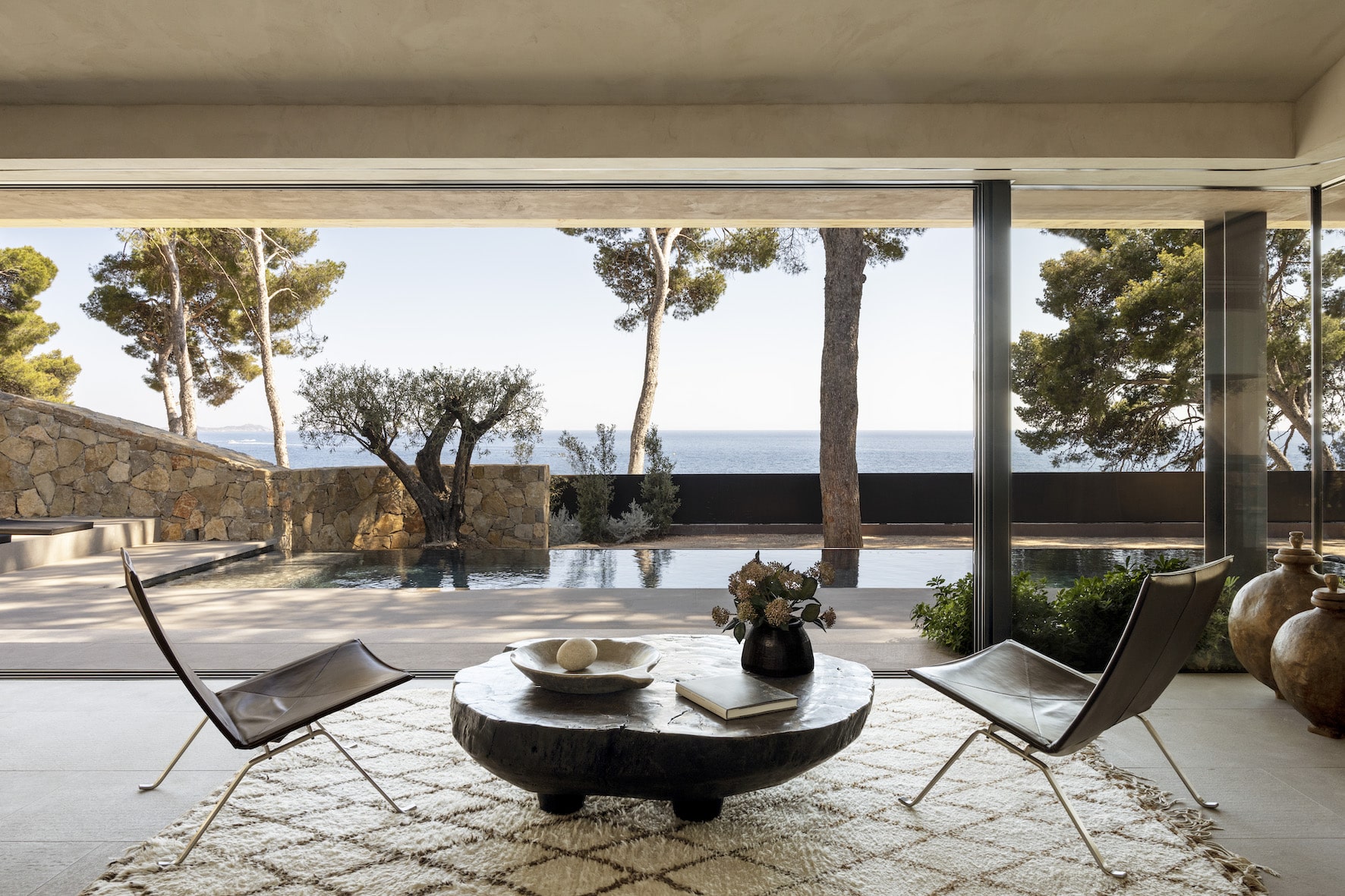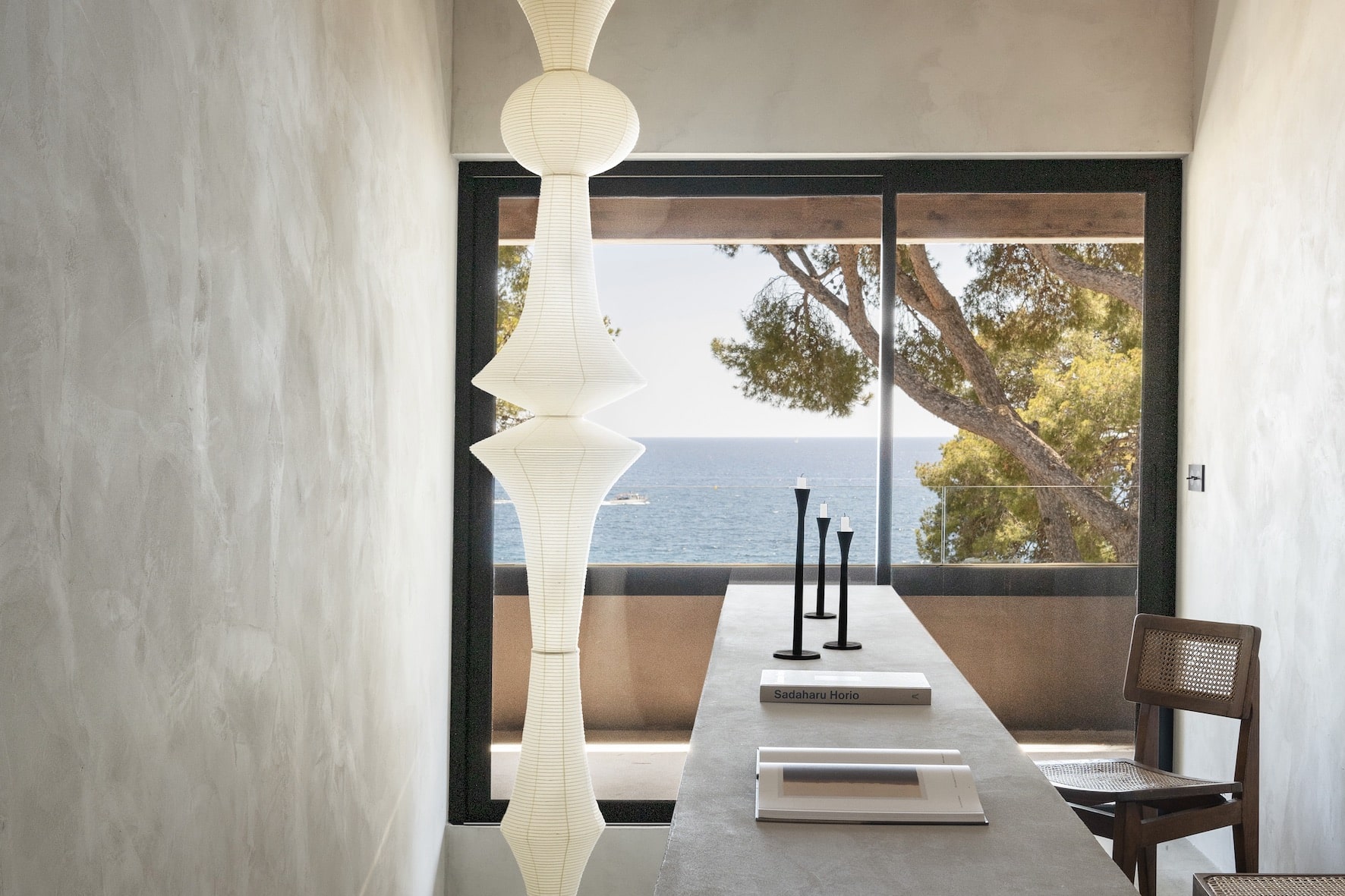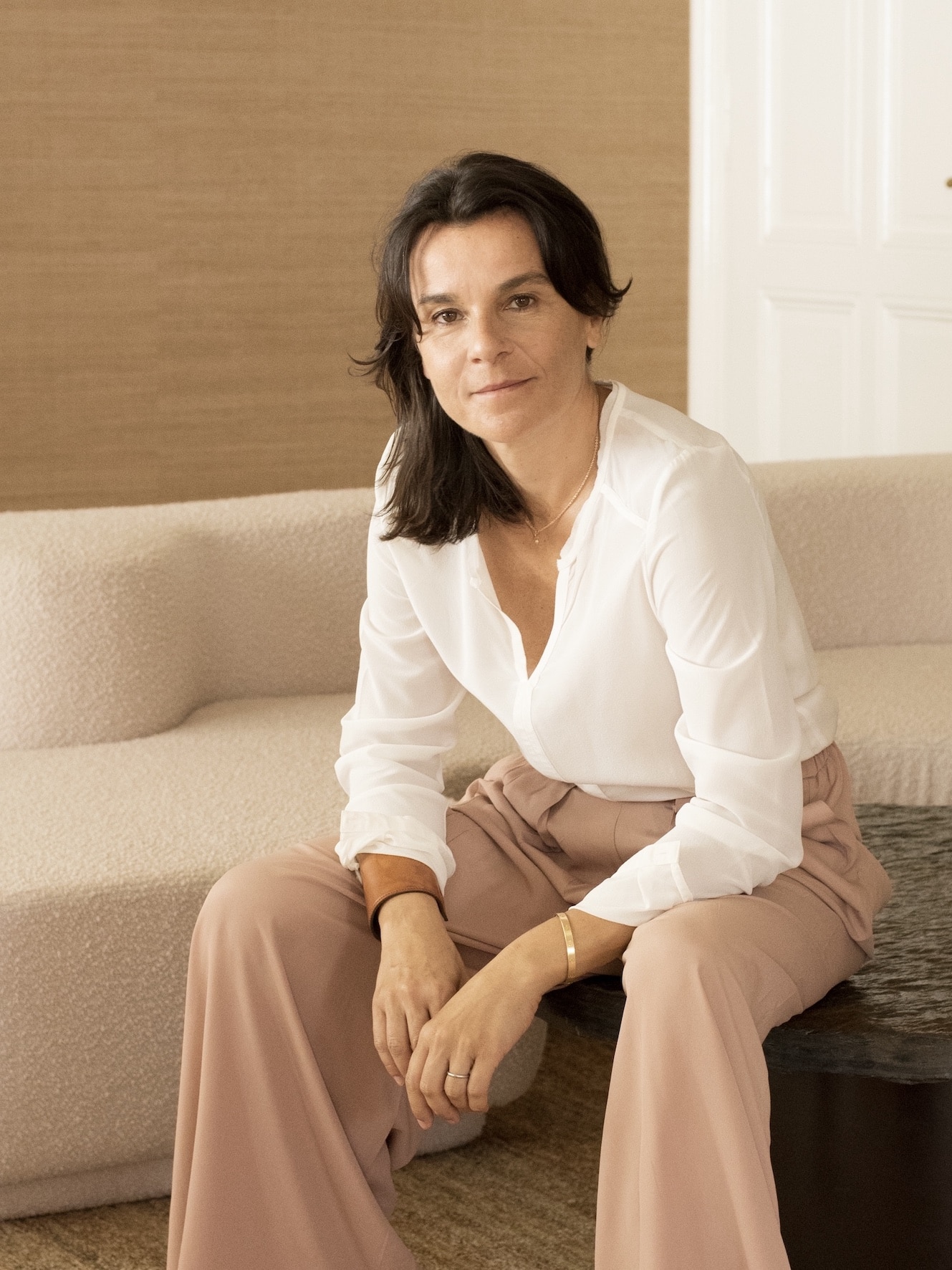
Valérie Chomarat

The goal of architect and designer Valérie Chomarat is simple: ‘to create a beautiful way of living’. From Geneva, where she lives, to Menorca, Bandol and Warsaw, her projects for villas, fincas, chalets and yachts are defined by her own particular vision of minimalism and by her characteristically sensitive integration of architecture and environment.
What do we see and how do we see it?’ These are the questions with which she interrogates every aperture in the spaces she creates, reflecting the importance of ideas of perspective, threshold and connection in her work, as well as the influence of her childhood in the Ardèche, where she grew up in an indoor-outdoor home inspired by Japanese architecture. In her hands, line, form and palette become tools for ensuring her designs sit harmoniously within their settings.
Nature, geography, climate, history and purpose: for her, preliminary studies and hand sketches are crucial for understanding each of these defining aspects of a project in the early stages of a design. It was under the mentorship of the British designer, John Pawson, that she learned the fundamentals that have driven the evolution of her own signature style – the primacy of proportion, space, surface, light and shadow. After studying architecture in Lyon, Milan and Paris, she moved to London where, inspired by the book Minimum (John Pawson, Phaidon, 1996), she met the designer and joined his studio. From the outset Pawson, known for his uncompromising minimalism, involved her in a succession of formative projects: apartments in Gramercy Park, New York, the exhibition Leçons du Thoronet (2006) and the interior design of two landmark luxury yachts.
After nearly a decade of working in the Pawson studio, Valerie moved to Switzerland, where she swiftly developed her own business and honed her style, collaborating with Hermès as artistic designer on projects that included a hotel in Doha, a visionary project for ‘day boats’ and a concept for the Perini Navi x Hermès super yacht company, anchoring her activity between Geneva and Paris. Multiple commissions for private homes and interior architecture then followed, in Geneva, Saint-Jean-Cap-Ferrat, Megève and Zakopane.
Whether on the sea or in the mountains, Valerie’s preference is always for authentic materials – for a palette that is as close to nature as possible. Each scheme is exhaustively designed and redesigned, to ensure simplicity and coherence throughout, whilst also refining the relationship between interior and exterior worlds. Staircases characteristically form key components in her immersive interior narratives, as carriers of the individual story of a design and poetic expressions of the idea of movement.
It is no coincidence that the design pieces she is instinctively drawn to – benches, stools and candlesticks – share a quietly contemplative quality and a sense of the value of silence. Showcased in recent projects – a family home in Bandol, an exceptional finca in Menorca and a commission for the Belgian design company, When Objects Work – each of these objects speaks powerfully of both the refined discipline and the storied, sensory richness of Valerie’s unique architectural language.
Text: Alison Morris
1. Could you tell us about how your journey started? What led you to interior design?
I grew up in a house in the middle of the forest in Ardeche, middle of France. Living with nature, my mother was passionate about landscape design and our house was deeply influenced by traditional Japanese architecture.
2. Would you say that there has been a defining moment in your career? Could you tell us about it?
I met John Pawson in 2002, Minimum was my bible book during my architecture studies and he asked me to be in charge of the interior design of two yachts: a Perini navy 164’: Baracuda and a smaller sailing yacht B60: 60’. I can say that was the turn of my career designing yacht interiors. After those projects, I left London for Geneva and Paris where I met Denis Montel (RDAI) and Pierre Alexis Dumas (Hermes) with whom I did the artistic direction and interior design for day boats.
3. What is your signature approach to design? What is the thing that makes all the different residential, yacht and object design projects Valerie Chomarat according to you?
Exploring our relationship with the surrounding nature and landscape is fundamental in all my projects. Perspectives, materials, shadows, and light are my tools to create harmony and calm in a mountain house, or a small day boat, or to design the perfect candle holder that will light our diners.
4. We see that in almost every project, you skillfully integrate the architecture and environment in your design. Could you talk more about this and how this process influences you?
The interior is the continuity of the exterior and nature: I always try to reduce the edge visually and in its materiality. Materials and colors in my project always come from the surrounding context and nature.
5. How do you achieve creating a harmonious story in your projects?
Timeless interiors come from the choice of materials and designs, the selection between antiques, vintage, and contemporary furniture is very important to create harmony. The art selection is also essential for the story.
6. How would you describe your creative process? How do you get inspired?
I would say that my creative process starts like an archeologist: I always do a lot of research: for a house: on the location, the history of the country, the city, for an object I proceed to same way because we always have lessons to get from the past and from the nature…
Then Art is a fundamental inspiration in my work, I learned about minimalism from Donald Judd, Carl Andre, or Lee Ufan and about materiality from Andy Goldsworthy, Richard Long, and all artists from the land art.
Finally drawing with pencil perspectives is essential to get the proportions, the lines, and shapes and to understand how the natural light will enter a space or touch a shape…
7. Who are your inspirations from the contemporary design and art world?
I really like Noé Duchaufour Lawrence’s designs and especially with “made in situ” and “Maison Intègre”. His approach is such a great inspiration. My family is in the textile industry and I have a particular relationship with fabrics: I admire Sheila Hick and Annie Albers works as well as Agnes Martin.
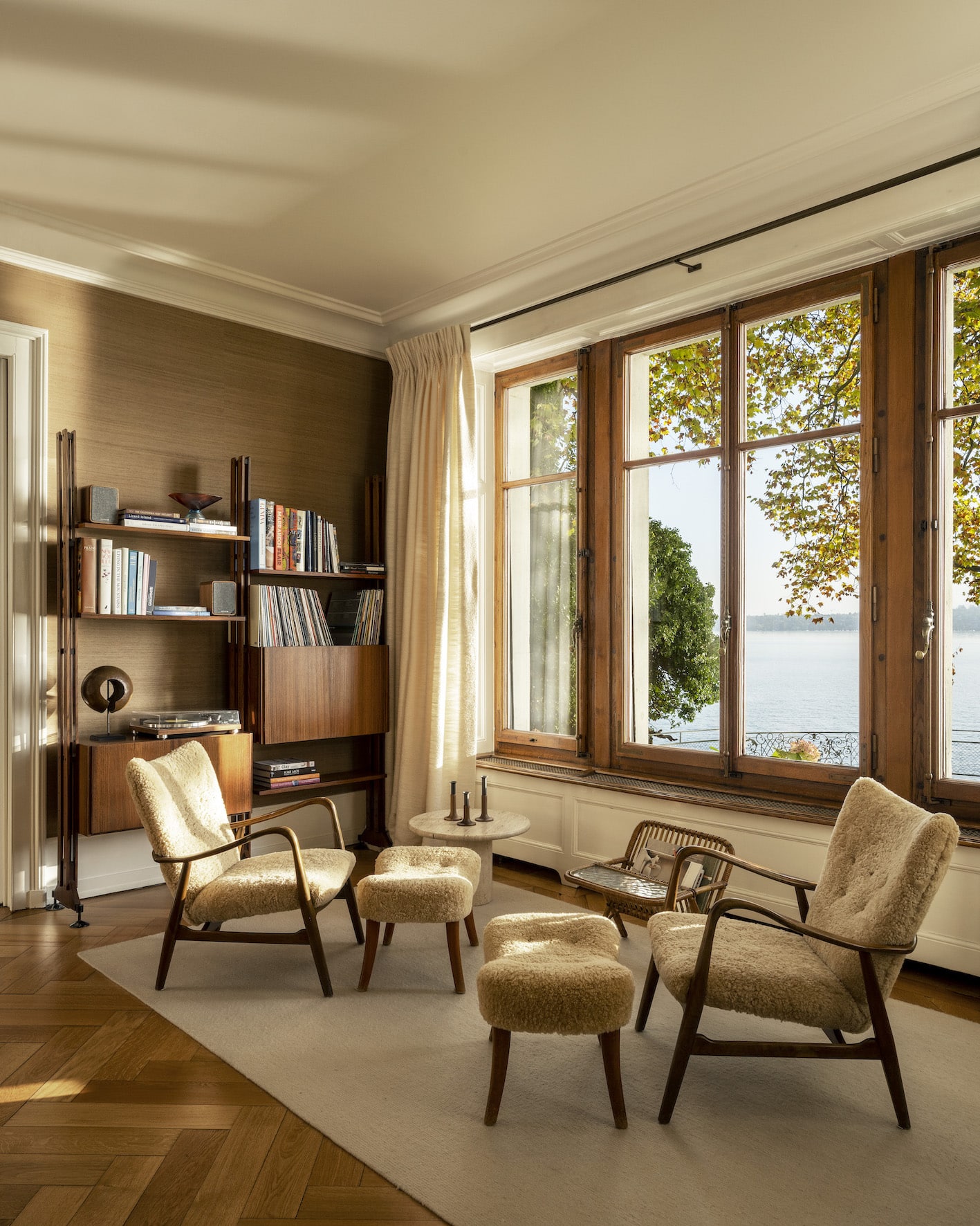
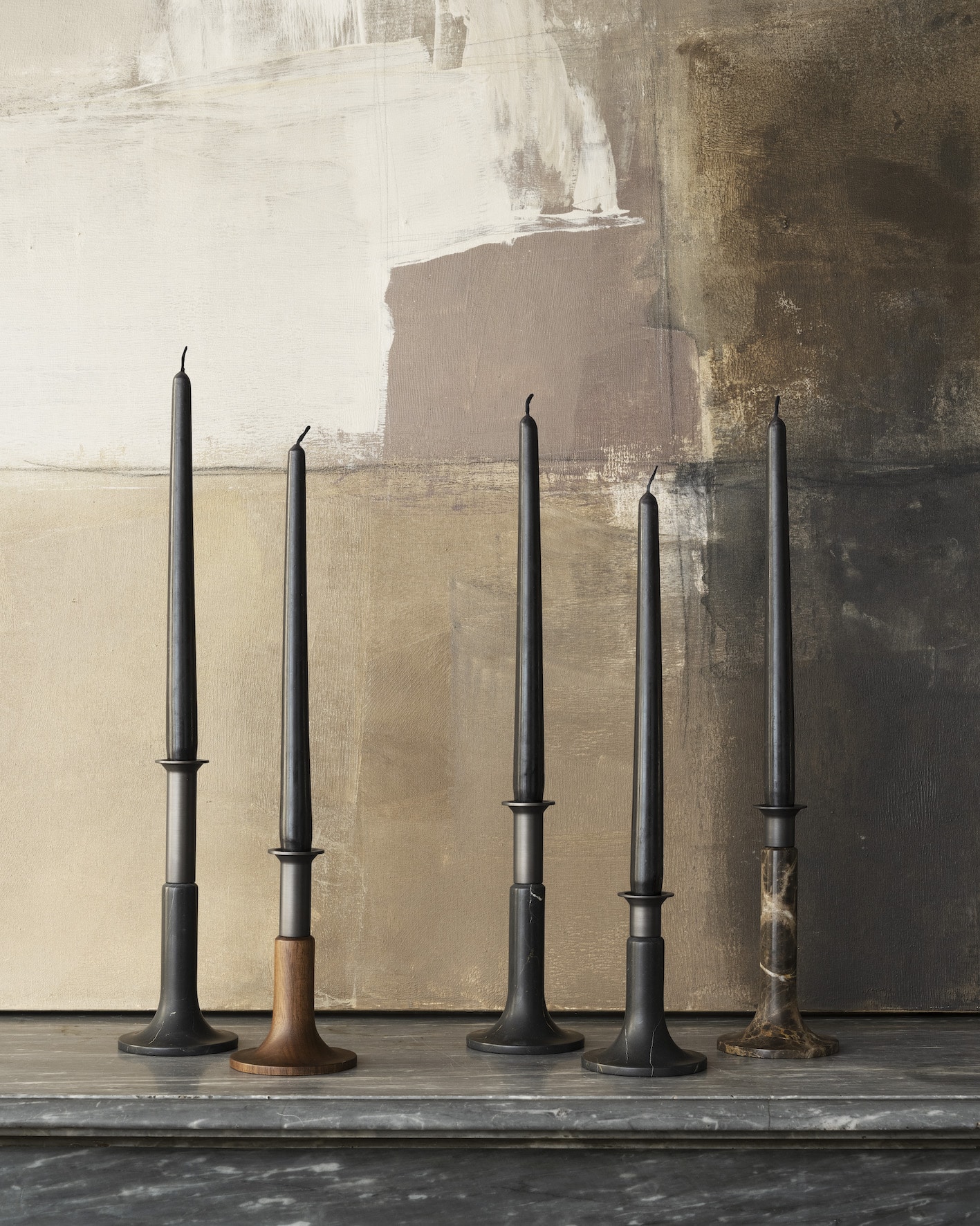
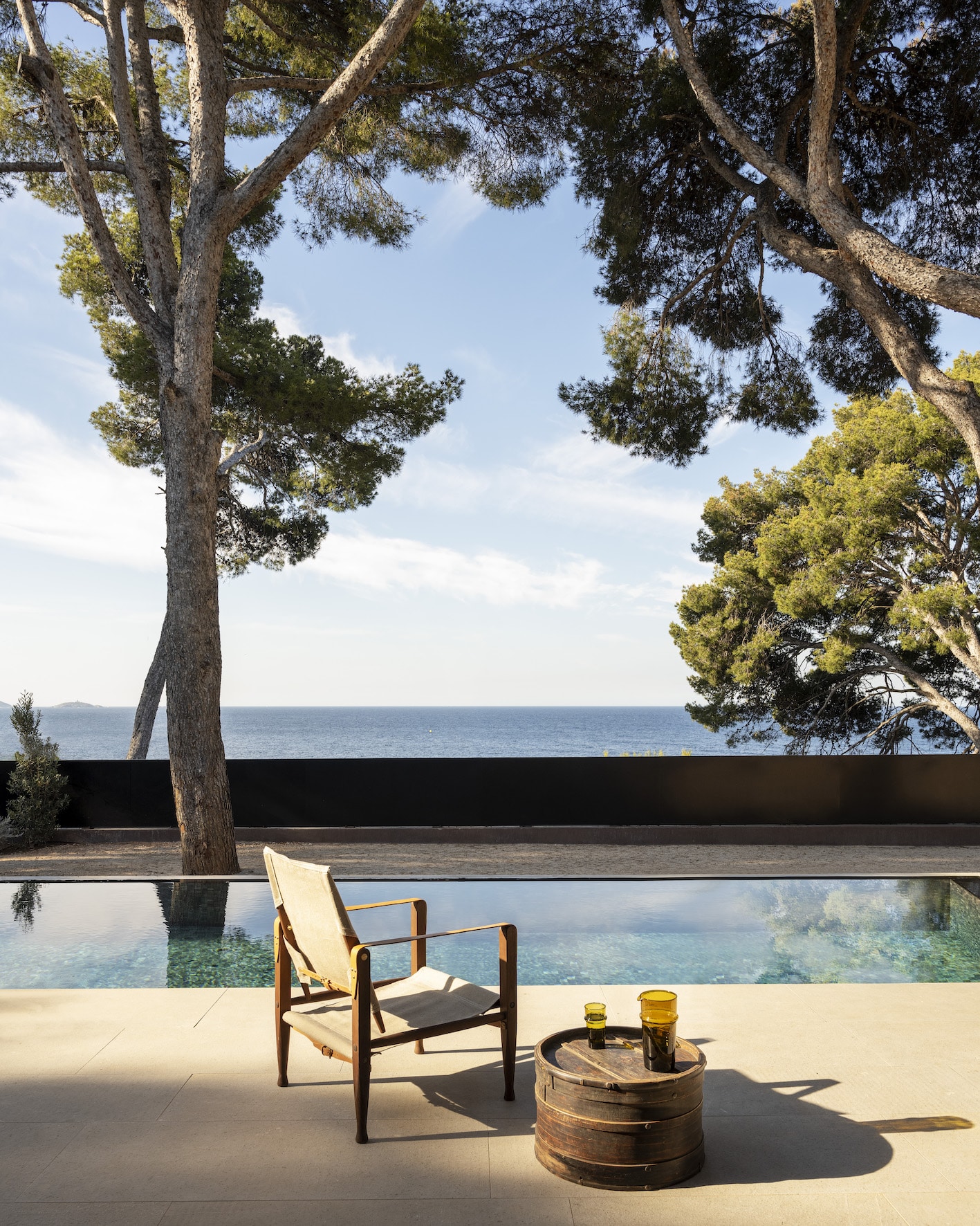
8. What is your favorite/indispensable object of design?
My favorite object of design is the candle holder, I collect them and I have designed a series for When Objects Work.
9. What do you think is the deciding factor in a successful design project?
Humility.
10. How do you think the interior design world has changed in the past decade? And how has it influenced your approach?
The social media and the profusion of images show how important it is to connect the interior, the object..to life and surroundings, and how important it is to stimulate and keep the imagination free.
11. What was one of the hardest-learned lessons in your practice?
Sometime our temporality to create does not match the temporality of the demand.
12. What advice could you give to beginning artists who would like to create sculptural design works?
This is why the advice I would give to beginning artists is to use all the time they have for the creation process and not go too fast….
13. Do you have any books/programs/podcasts to recommend to our readers?
Letters to a Young Poet – Maria Rilke
In Praise of Shadows – Tanizaki Junichiro
